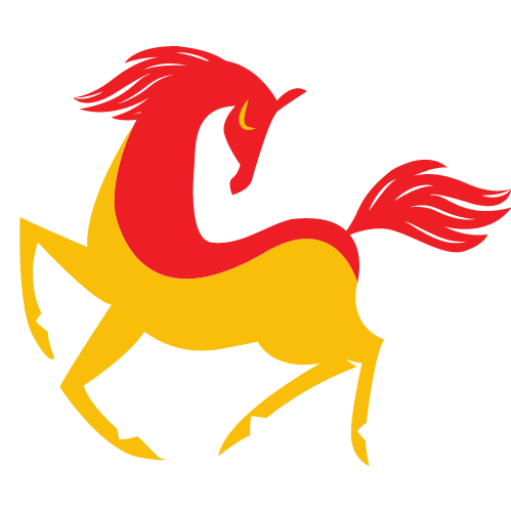To maximize your business success, you should have a plausible supply chain strategy developed – not only that, it should be aligned with your business goals. This is not something that’s easy to create, coordinate and achieve. However, with the right tips, you can develop a successful supply chain strategy that is going to make your business flourish.
We will start off by explaining what a supply chain strategy is and why we need it. Then we will move to the three phases of supply chain strategy: the design, planning and execution phases. Each of the phases contains sub-steps that you need to follow to make it optimal. Keep reading to learn more.
What is a supply chain strategy and why do we need it?
A supply chain strategy is a strategy that deals with bringing in goods and getting them out to clients as effectively as possible. The aim of the strategy is to optimize operations to decrease costs and increase profits. Phases of the supply chain strategy include sourcing goods, overall logistics and shipping. As global markets are quite complex nowadays, businesses have a need for a plausible supply chain strategy to prevent any potential chain disruptions. Every business needs to develop its own, personalized supply chain strategy according to its company, business goals and niche.
A good supply chain strategy is necessary as it drives customer value, fulfils demands, improves responsiveness, builds a good network and facilitates financial success. The basic goals of every supply chain strategy are higher efficiency, faster delivery and improved cash flow. Take a look at the three phases of every supply chain strategy and then use the information to tailor your own strategy. To become an expert in creating supply chain strategies, you can consider taking a course in supply chain management.
1. Supply chain strategy phase 1: Design
The first phase of the supply chain strategy is design. In this phase, you decide on the strategic goals of your business. Moreover, you do the research and choose suppliers, and warehouse locations as well as evaluate the need for a software implementation. To optimize your supply chain strategy, first, you need to understand the current one. As every step and phase is connected, a problem in one area may cause a problem in another one: it’s a chain reaction. To review the entire supply chain process, you should use real-time data as well as big data insights to assess each step. This step can help you highlight the areas that need improvement. You should have a backup plan for every step along the way.
2. Supply chain strategy phase 2: Planning
When you have a clear understanding of your business goals, you can focus on the next phase in supply chain strategy – planning. You should plan supply and demand carefully. You will ensure that you have the proper goods, at the right time and place, in accordance with customer needs.
Integration and communication
It is vital to always have access to accurate information across all aspects of your business. It helps you coordinate, control and measure. Also, it keeps all the employees on the same page. You should integrate a system that keeps track of real-time information and that allows you to modify along the way. If you own fashion business, you should be able to access at all times essential information such as textile production and stock, potential issues with working equipment and materials necessary for sewing, among other things. That overview helps you in dealing with any potential arising issues and making necessary changes instantly. What’s more, everybody can be aware of them in real time, which makes the business run more smoothly.
Daily operations management
By managing daily operations properly, you are able to stay ahead of any unpredicted situations. For example, if you have a baby clothes business, you should stock up on cute baby knitwear before the winter holidays, as people buy them more than usual in this period of the year. This allows you to prevent any supply chain disruptions.
Purchasing, distribution and logistics
Furthermore, to avoid under or overstocking of items, you should be able to forecast demand accurately. There is software that helps you with that. It keeps track of the stock and notifies when its’ time for reordering. You can even automate this process. When it comes to distribution and logistics, there are quite a few challenges. Generally speaking, businesses aim to reduce transportation and shipping costs as well as to be sustainable and take people into consideration as well as potential disruptions.
3. Supply chain strategy phase 3: Execution
Finally, the last phase of the supply chain strategy is execution. It implies a few things: coordinating, suppliers, warehouses, logistics and orders across the whole supply chain to meet customer demand. An effective supply chain strategy can save your business reputation by delivering items promptly. It can be your competitive advantage. Hence, to maintain or enhance your supply chain strategy, you need to review and work on it constantly. What helps, is being aware of supply and demand trends.
To conclude, developing a functional and practical supply chain strategy is a complex process, and as such, it involves a lot of people, factors and aspects. Approach it seriously and consider all the things we’ve mentioned carefully.
Read more: How Your Workplace Can Be More Eco-Friendly
